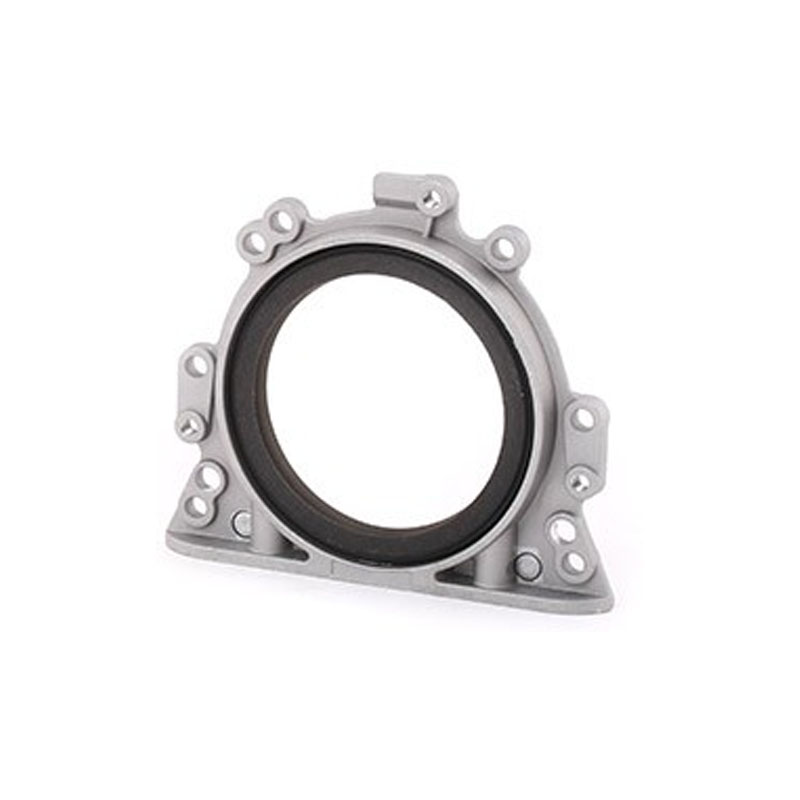Understanding the Benefits and Applications of V Ring Seals in Machinery
Understanding V Ring Seals A Comprehensive Overview
V ring seals, also known as V-rings, are essential components in various industrial applications, known for their unique design and functionality. These seals are primarily used to prevent the leakage of fluids, protect against contamination, and maintain the integrity of equipment. This article will delve into the construction, working principles, advantages, and applications of V ring seals.
Construction and Design
A V ring seal is characterized by its distinct shape resembling a V, which is an elastic component made from materials like rubber, polyurethane, or other elastomers. The seal features a flexible lip that helps create a dynamic seal against rotating shafts. Its interior is slightly larger than the diameter of the shaft it seals against, allowing it to expand and maintain a tight fit as the shaft rotates. The unique design of the V ring allows it to capitalize on the centrifugal force generated by the rotating shaft, effectively enhancing sealing capabilities.
Working Principle
The primary function of a V ring seal is to provide a reliable barrier between the rotating shaft and the external environment. When the shaft rotates, the flexible lip of the V ring presses against the shaft's surface, creating a seal that prevents the escape of lubricants and the ingress of contaminants like dirt or water. The elastic properties of the material ensure that the seal maintains contact with the shaft without excessive wear, and as the shaft rotates, the centrifugal force helps to improve the sealing effect.
Advantages
V ring seals present several advantages that make them a preferred choice in numerous applications
1. Simplicity The installation of V ring seals is straightforward, requiring no additional retaining hardware or complex mounting procedures. This simplicity translates to lower assembly costs and easier maintenance.
v ring seal

2. Versatility These seals are compatible with various shaft sizes and can be used in different orientations, making them suitable for diverse applications across industries.
3. Dynamic Sealing V rings provide excellent dynamic sealing performance, which is essential for applications involving rotating shafts. Their ability to accommodate tolerances and variations in alignment offers improved reliability.
4. Durability Made from high-quality materials, V rings exhibit excellent resistance to abrasion, wear, and various chemicals, ensuring a long service life even in challenging environments.
5. Contamination Prevention By effectively sealing off the interior components of machinery, V rings play a crucial role in preventing contamination that could lead to equipment failure.
Applications
V ring seals are utilized in a wide array of industries, including automotive, manufacturing, aerospace, and food processing. In the automotive sector, they are commonly found in gearboxes and pumps, serving to prevent oil leaks and protect against dirt ingress. In manufacturing, V rings are integral to conveyor systems and machinery, where they ensure smooth operation and maintain lubricant integrity. Additionally, in the food processing industry, they are employed in equipment that requires stringent hygiene standards, where preventing contamination is paramount.
Conclusion
In summary, V ring seals are vital components that contribute to the efficient operation of various industrial machinery. Their innovative design, combined with numerous advantages such as ease of installation and exceptional sealing capabilities, makes them an ideal choice for preventing fluid leakage and protecting equipment from external contaminants. As industries continue to evolve, the role of V ring seals will remain significant, underpinning the reliability and efficiency of modern machinery.
-
Understanding Automotive Oil Seals: Essential Components for Engine and Shaft Protection
News Jul.30,2025
-
The Importance of Heavy Duty Seals in Industrial and Residential Applications
News Jul.30,2025
-
Exploring Industrial Oil Seals: From Felt Oil Seals to TTO and CFW Solutions
News Jul.30,2025
-
Essential Guide to Oil Seals: From Radial to Metal-Cased Seals for Industrial Reliability
News Jul.30,2025
-
Choosing the Right Oil Seals and Gaskets for Industrial and Automotive Applications
News Jul.30,2025
-
Cassette Seals: Durable Sealing Solutions for Harsh Environments
News Jul.30,2025
-
Understanding the Front Main Engine Seal: Purpose, Maintenance, and Installation
News Jul.29,2025
Products categories















